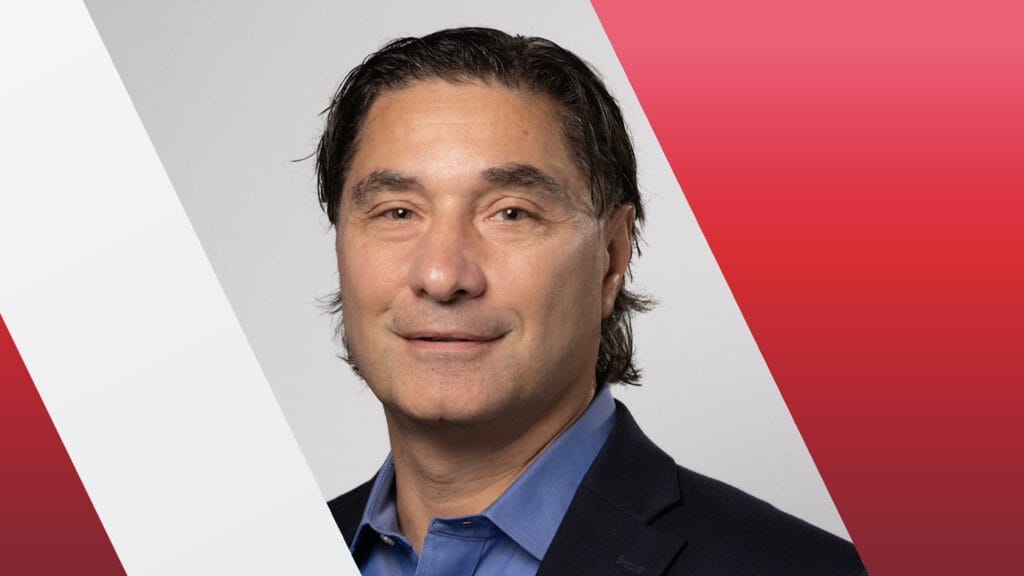

As state Medicaid programs’ adoption of electronic visit verification (EVV) continues to grow, the technology is poised to become the norm for all of home-based care, a marketplace executive says.
“For the first time in the history of this industry, you have real-time access to the caregiver in the home,” noted Stephen Vaccaro, president of home care software firm HHAeXchange, in an interview with McKnight’s Home Care Daily Pulse. “States are now starting to look at this and say, ‘What’s next?’”
The 21st Century Cures Act, signed into law in 2016, mandated EVV usage for all personal care services paid for by Medicaid. These providers were required to verify caregivers’ time spent providing services via electronic means, such as through a mobile app, rather than paper punch cards. In the years since, states have gradually adopted the technology and today many states have reached near total compliance with the majority of their Medicaid personal care providers practicing EVV.
The technology’s benefits, Vaccaro explained, are in its security and simplicity. EVV ensures caregivers are in the home and providing care for the correct amount of time, which benefits all stakeholders — payers, providers, patients and caregivers — he said.
“By doing this, you now have a way to combat fraud, waste and abuse, and to improve outcomes because, really, at the end of the day, what everyone wants right is to be ensuring that the right member is receiving the right care in the right setting at the right time,” Vaccaro said. “There’s an operational simplicity, an administrative simplification, that comes on behalf of the providers. And it’s good for caregivers because, once again, it’s administratively more simple.”
Home health providers were also required to implement EVV by the beginning of 2023 under the Cures Act. And with Medicaid programs’ growing compliance with EVV in home health and personal care, other kinds of home-based care — such as hospital-at-home, home hospice and more — have the infrastructure in place to make adoption easier.
“What we’re starting to get to is probably not was not the original intent of the 21st Century Cures Act,” Vaccaro said. “But now that it is there, people suddenly realized the value of what’s there and how you can build more upon it.”



